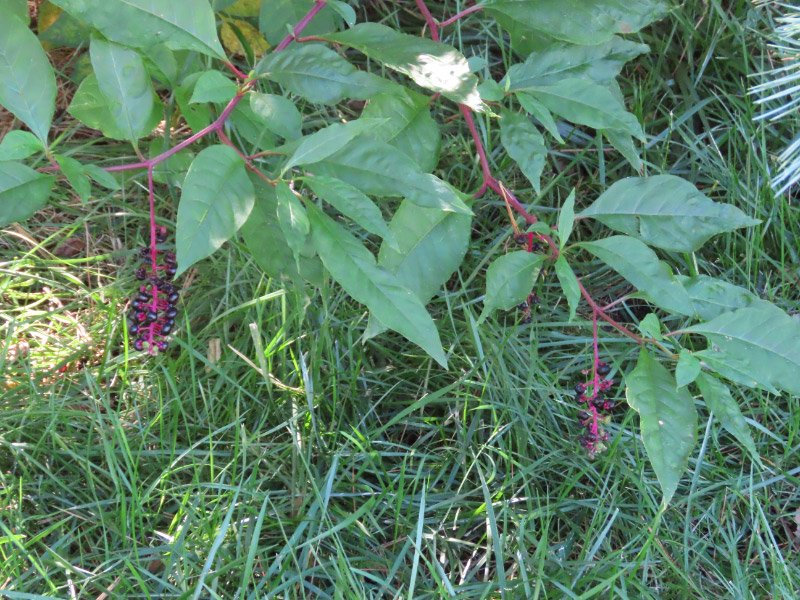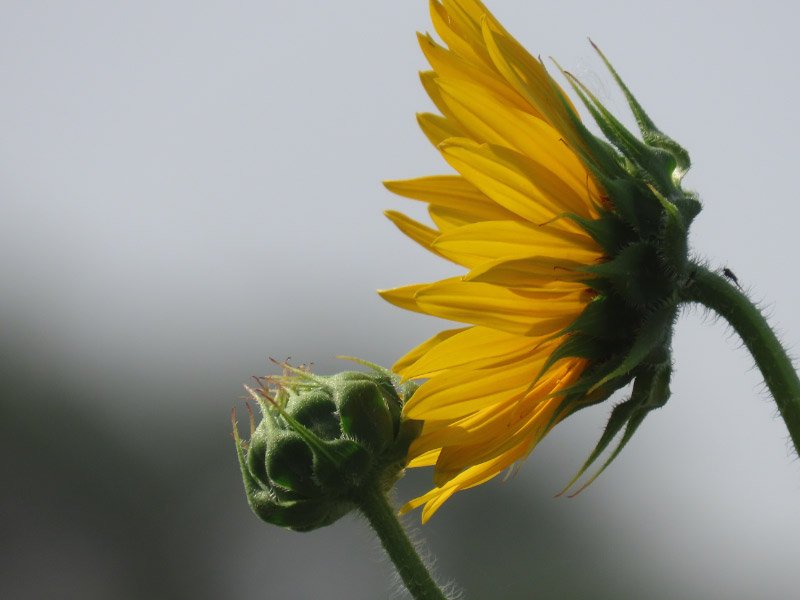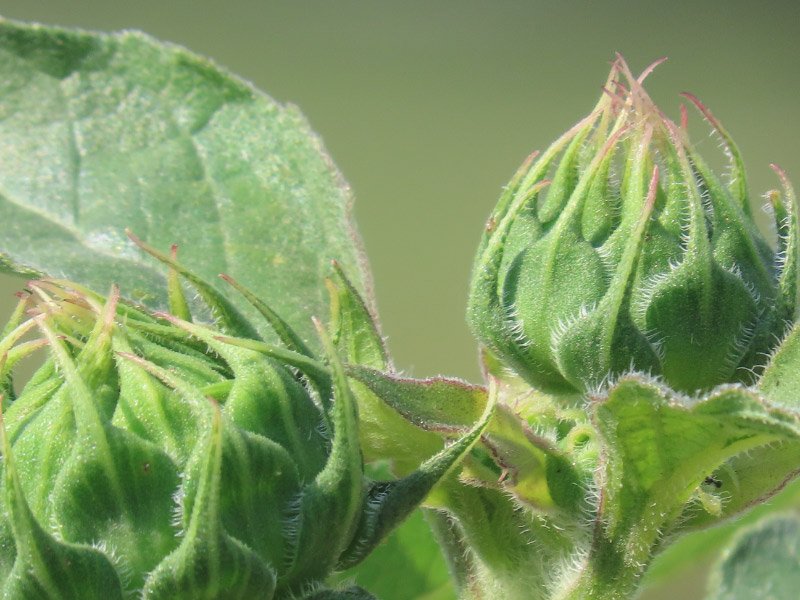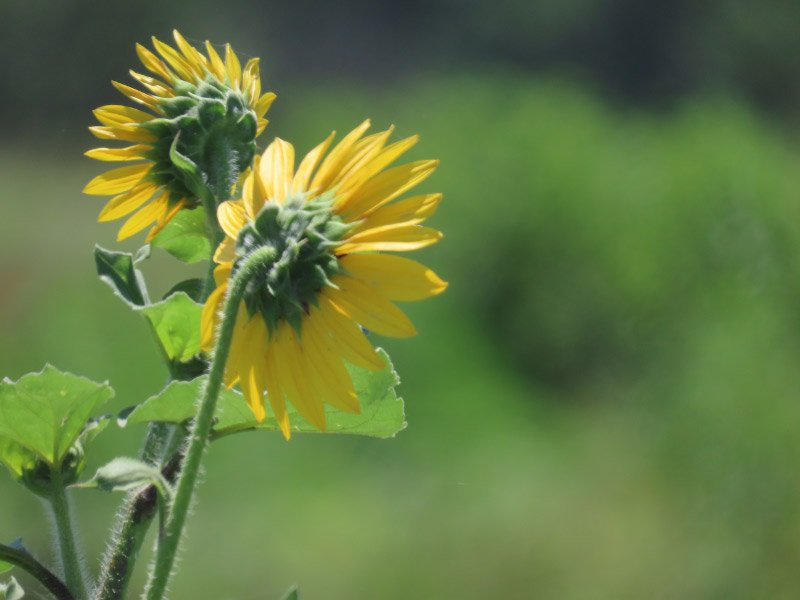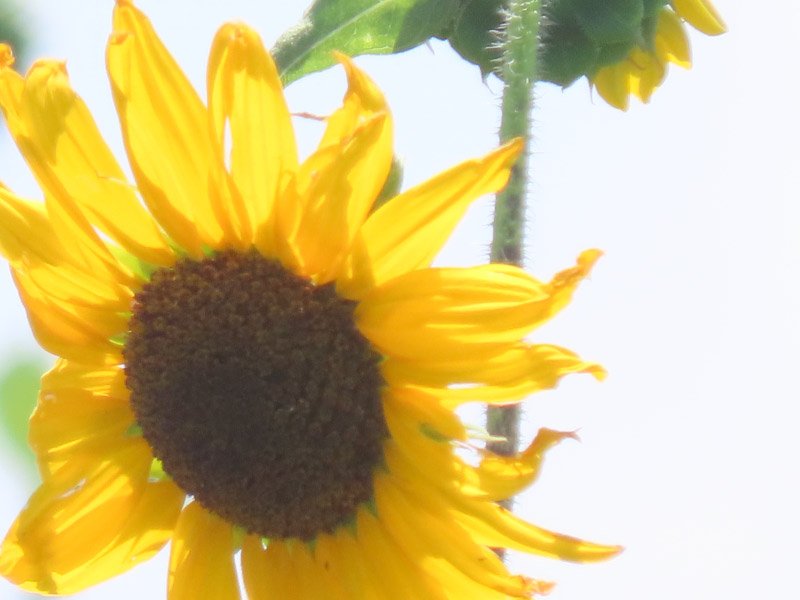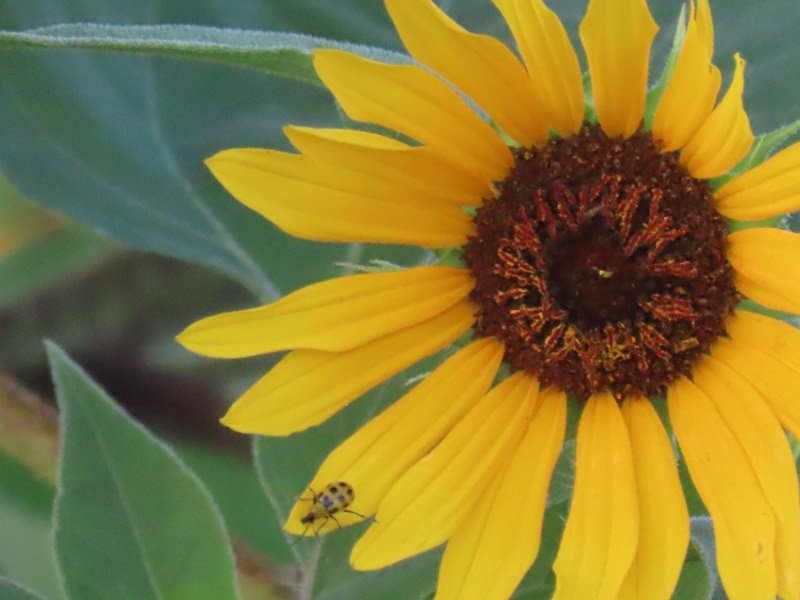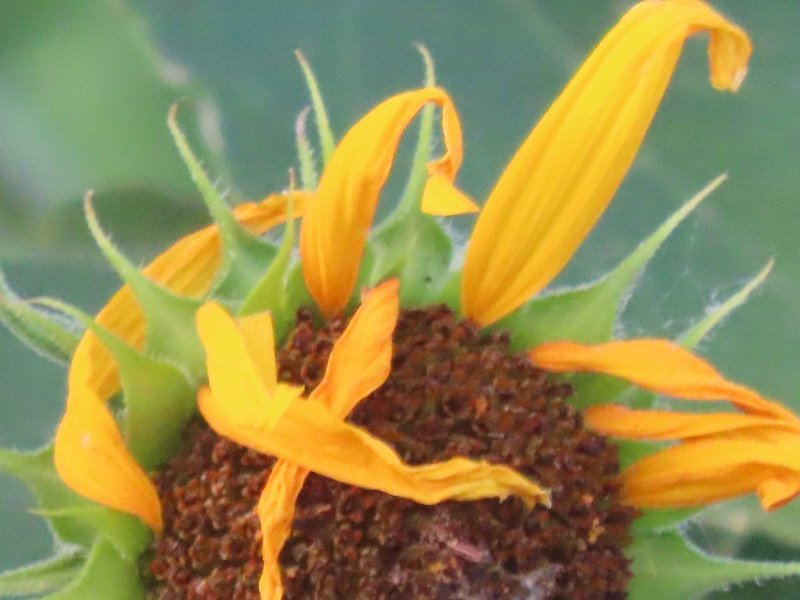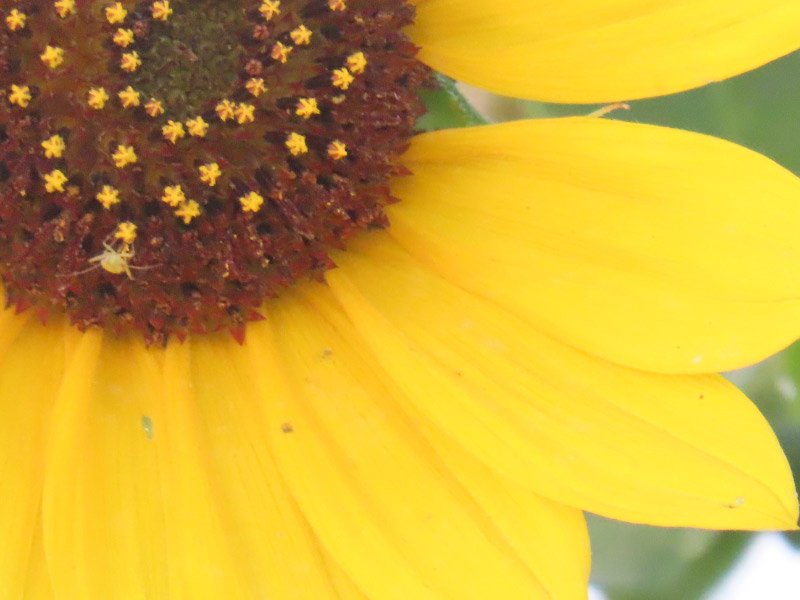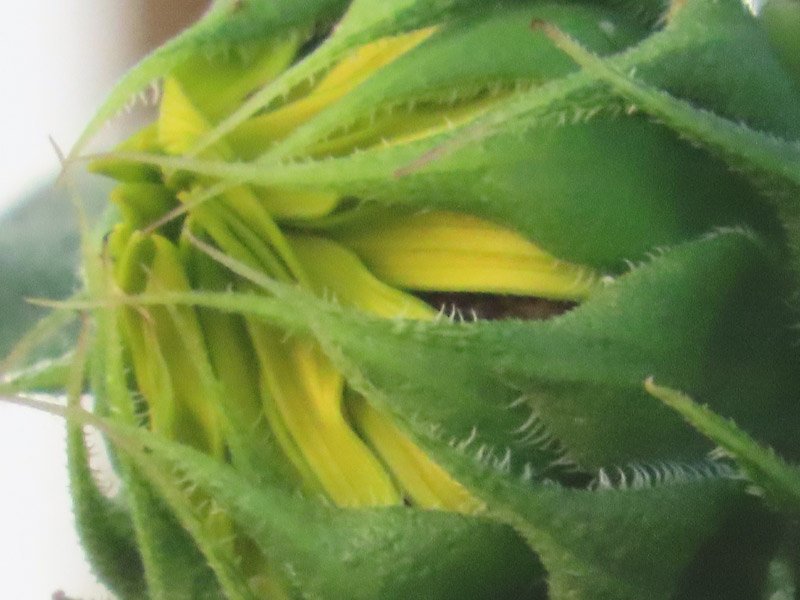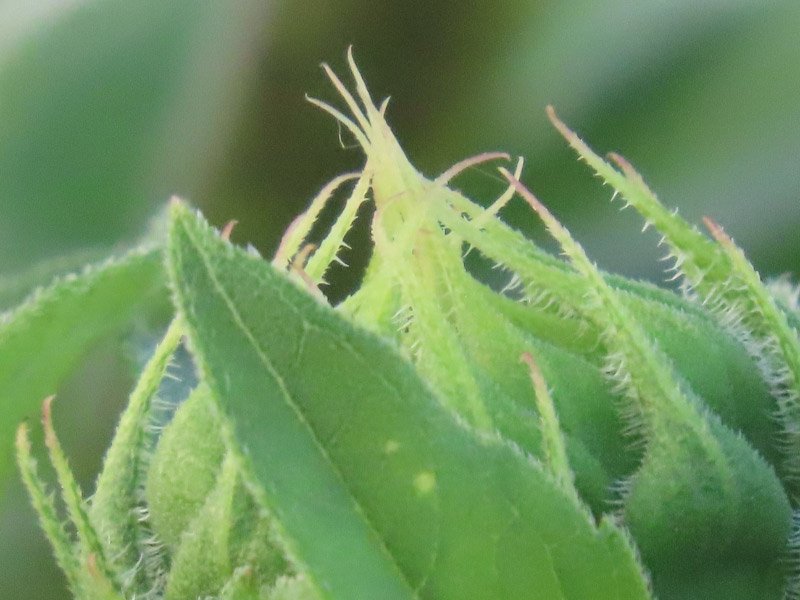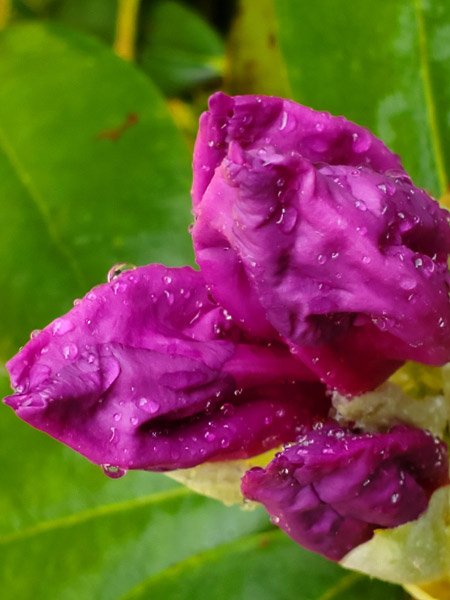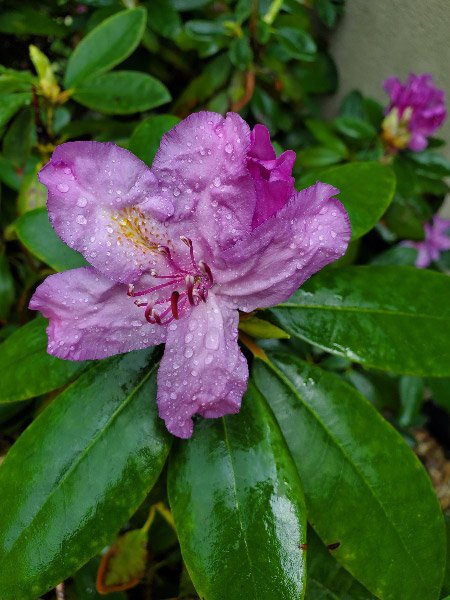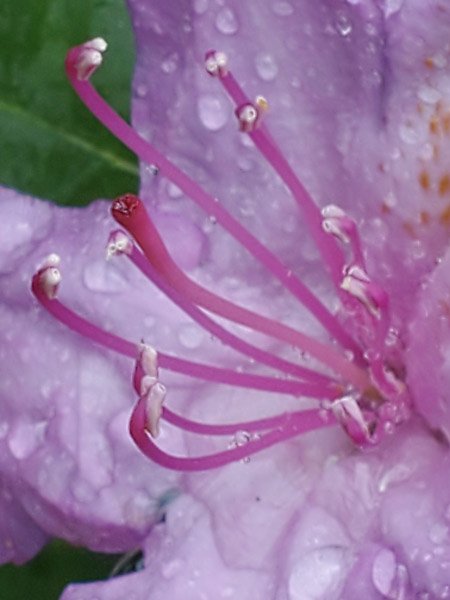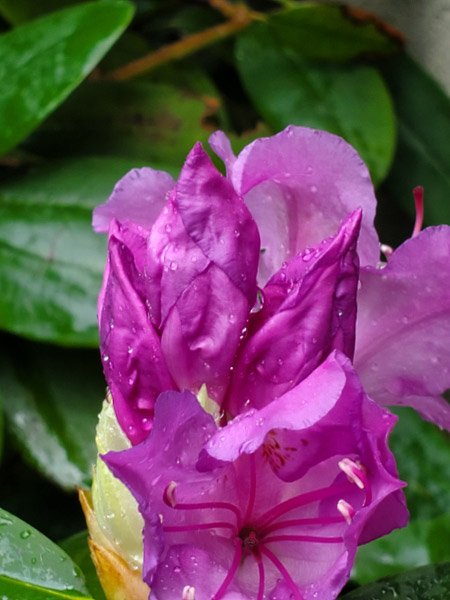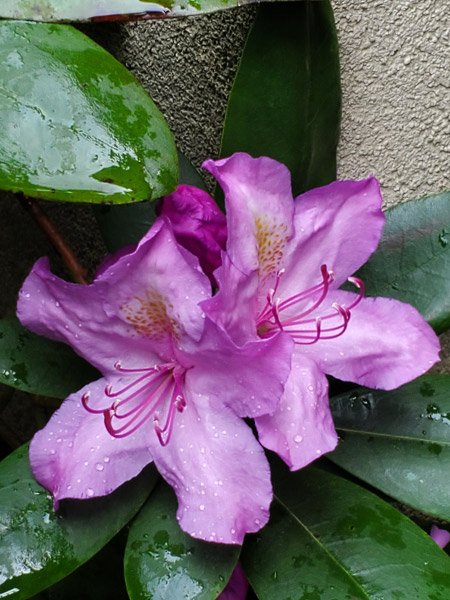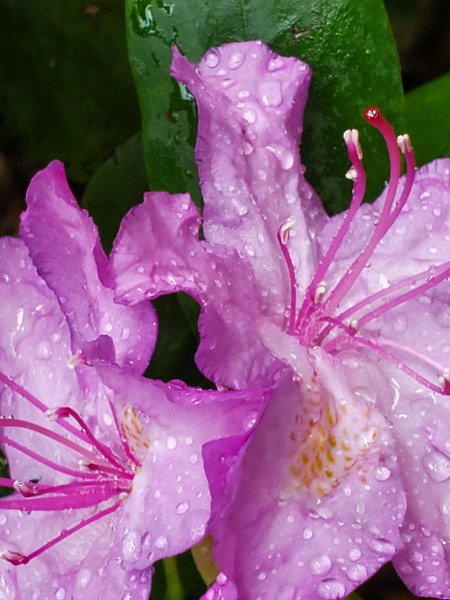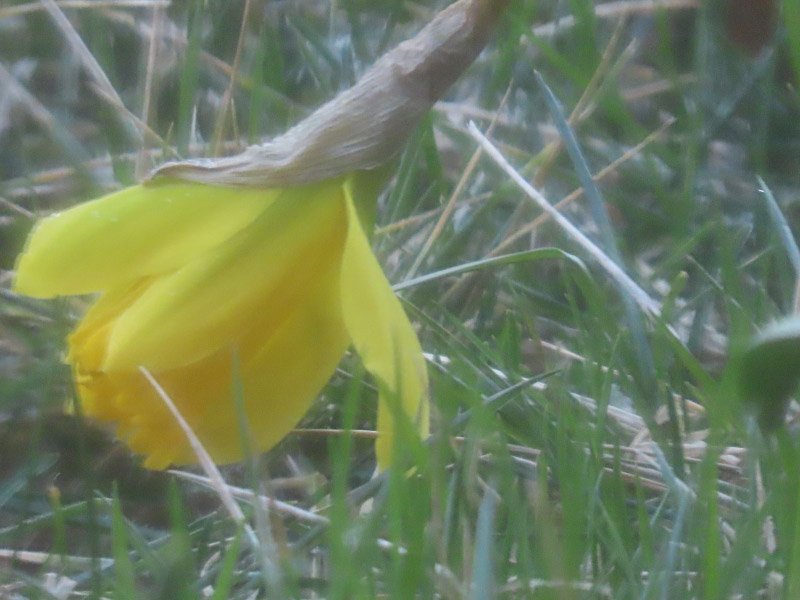American Spikenard at Home
/The American Spikenard that was planted a year ago has done well on the eastern side of our house where it gets plenty of shade during the hot parts of the day. By July it was beginning to bloom.
In mid-August the view from my window was full of vegetation that included that the spikenard and it had green fruits.
In early September the fruits were beginning to turn red.
At the end of the month, more fruits were turning red and the leaves were beginning to look battered.
I will probably harvest some of the fruits to plant elsewhere….and am looking forward to the plant coming back even bigger next year. The above ground portion will die but the root keeps growing so the plant gets bigger (not necessarily taller) every year!





















